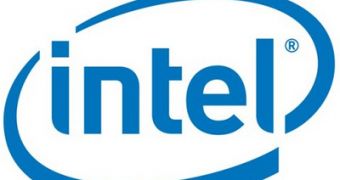Bashing each other's products, and each other directly, has become something of a tradition in the drawn-out dispute between NVIDIA and Intel Corp. Whenever the latter unveils some new mobile chip or chipset, the former immediately comes out and says how it is inferior or imperfect compared to its own products. Conversely, Intel always refutes such statements, the result being a tension that doesn't seem to have any intention of lessening any time soon.
The most recent jab that NVIDIA's Chief Executive Officer (CEO) Jen-Hsun Huang made at Intel took the form of a rather unusual metaphor. In short, the CEO compared the recently-launched Moorestown chip to an elephant on an unsuccessful diet. The idea, of course, was that there was no way that the Z6 series of chips could ever hope to successfully compete against the Tegra 2 SoC.
This was not the first, and is unlikely to be the last, Intel-bashing operation that NVIDIA initiated, and it certainly did not go by unnoticed. On Wednesday, Anand Chandrasekher, an Intel senior vice president, decided to offer a response, saying that "the famous Jen-Hsun... needs to get his facts straight and he needs to get his math checked." He also said that it's not a technical limitation, or any sort of lack of ingenuity, that, so far, prevented the creation of a true low-power x86 chip.
"[Intel] can hit the power consumption of a smartphone. It's not a matter of a physical limit. It is not a matter of a lack of design ingenuity. It is simply a matter of focus and psychology. Up until now, we didn't target the power levels of the smartphone using x86."
The Intel VP did admit that the Moorestown is only a stepping stone, however. Being based on the 45nm process, even the “50X” reduction in power usage was a feat in itself. It is the next-generation Medfield chip, powered by the 32nm technology, that will truly allow Intel to make a stand on the smartphone segment.
"Thirty-two nanometer is the one that we think will have more designs than our current 45 nanometer offering. Forty-five nanometer will open the door and get the door swinging, if you will," stated Chandrasekher.

 14 DAY TRIAL //
14 DAY TRIAL //